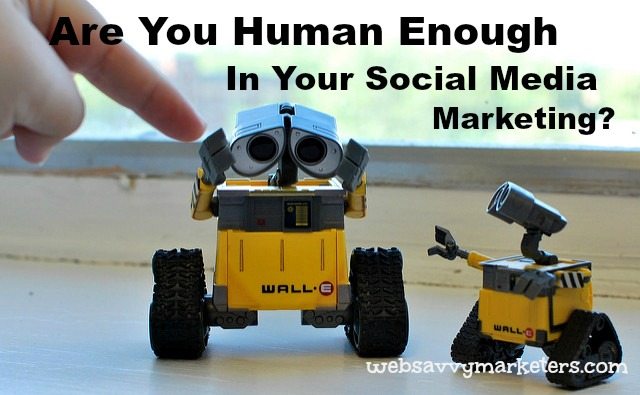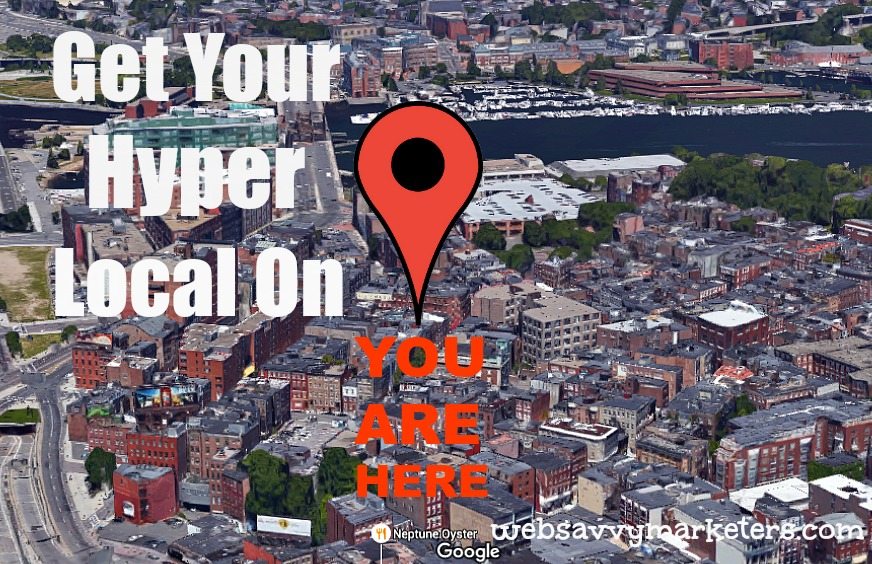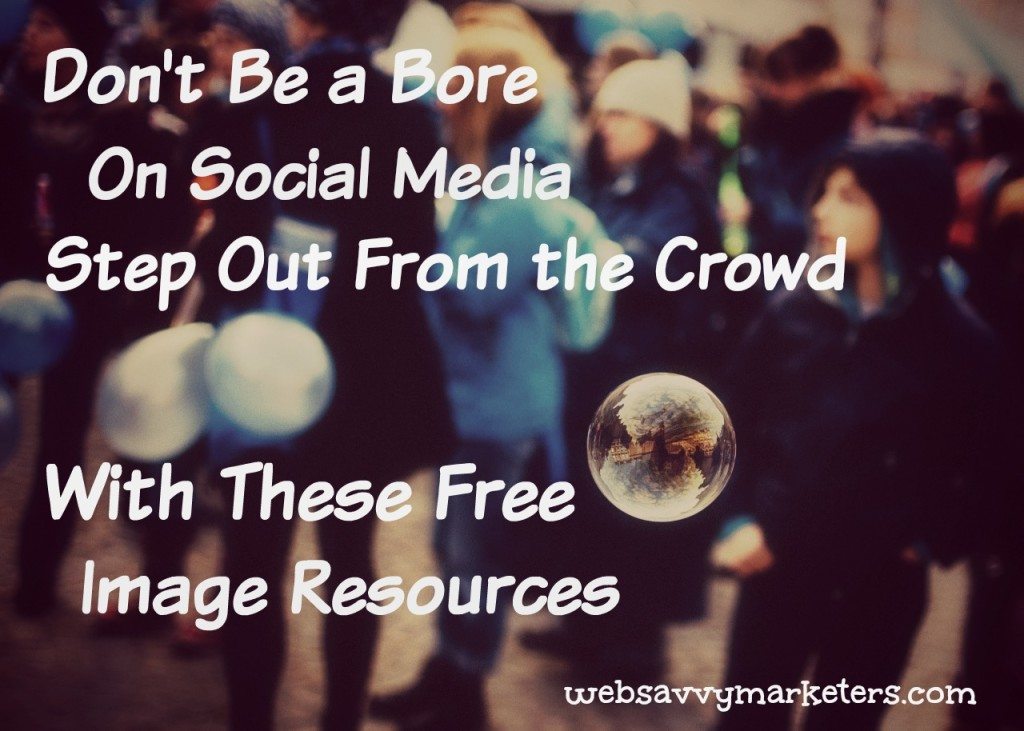
Does it seem like technology creates more challenges than your small business can keep up with? As the digital landscape keeps changing, businesses must continue to strategically approach new online opportunities — or risk obscurity.
For marketers, social media is a problem that won’t go away. Your efforts to grow your community are met with dire assertions about organic reach requiring paid ads, while the advertisement costs keep going up.
You’re told that there’s limited exposure to your individual feed and content alone doesn’t cut it any longer. Do you have to pay to reach your audience? Will your social metrics go up if you invest in the high costs of paid ads?
You can stop worrying and start focusing on the one critical element that hasn’t changed. There are people on the other end of that post. People who may or may not believe a thing you say.
Without a solid plan to humanize your brand, social media can be the pervasive thorn in your side. How do you find your voice in a world cluttered with algorithmic noise and reach an audience already overloaded with content? How do you make those valuable customer connections?
By being a human, not a robot.
For social media to work, businesses need to humanize their brand and build three things: engagement, relationships, and trust.
Engagement
Engagement isn’t measured using a balance sheet of your Facebook likes. It’s not a popularity contest where customer relationships develop based on clicks of the “Like” button.
Your involvement in the conversation, sharing content, and making and responding to mentions is the criteria for engagement. Sharing real stories, real conversations, and real communication makes for engagement with real people.
Relationship
Customer relationships aren’t made by posting great content. Not even authentic content will lead to human relationships. Relationships involve the proverbial two-way street.
Human relationships involve several stages. You meet, you get to know each other, and you eventually begin to pay more attention to the people who also give you the time of day. Your business also receives more attention in return.
Post great content to get them hooked, and then invest in your followers and customers by spending time with them online.
Trust
It’s no secret that word-of-mouth gets people’s attention. When someone you know gives you a recommendation, you’re influenced by their suggestion. Sometimes it’s just easier to go with what your peers suggest.
Reviews by people you don’t know also carry power to sway your decision. 79% of customers trust online reviews as much as personal recommendations. There are more places than Google and Yelp for potential reviews. Discover five more, including a little-known way to review on Facebook.
Reviews show us how important it is to build trust. Stay in continuous engagement by responding to any negative reviews or comments in a timely manner. Get input from your customers, give them feedback, and grow your social word-of-mouth.
Which Social Media Platform Is Best?
Each social media platform holds unique potential, but only one shows growth in engagement with brands. According to a new infographic from Morrison Foerster, Facebook is the one exception to the decline in levels of user engagement.
Technology keeps changing, yet the one constant remains the same. There are always going to be people on the other end of your posts and shares. Your social media marketing is ultimately human to human, not B2B (business-to-business) or B2C (business-to-consumer).
Unless, of course, you’re a true believer in so-called progress and more interested in talking to machines.








 Do you have a solid footing for your online presence for 2016? As another year begins to unfold with all its possibilities, once again we are confronted with goals, predictions, trends, expectations, and best-laid plans.
Do you have a solid footing for your online presence for 2016? As another year begins to unfold with all its possibilities, once again we are confronted with goals, predictions, trends, expectations, and best-laid plans.